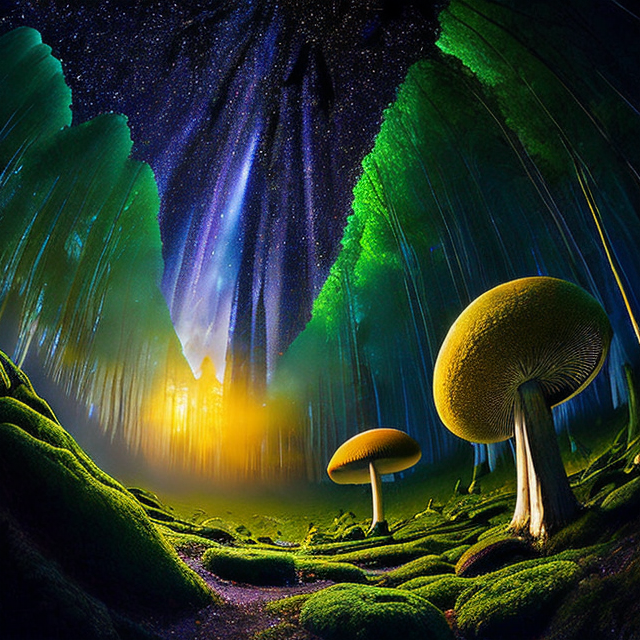|
|
Space Astro
|
Info for exoplanet "Zumya Gepuya"
| Scientific (actual) data |
|---|
| Name | Kepler-1270 b |
| Planet status | Confirmed |
| Radius | 0.296 |
| Orbital period | 6.03356 |
| Discovered | 2016 |
| Updated | 2021-02-05 |
| Tconj | 2454970 |
| Publication | Announced on a website |
| Detection type | Primary Transit |
| Alternate names | 2MASS J19065175+4838430 b, K02533.01, KIC 11074835 b, KOI-2533 b, KOI-2533.01, WISE J190651.75+483842.9 b |
| Star name | Kepler-1270 |
| Right ascension | 286.72° |
| Declination | 48.65° |
| Mag j | 11.843 |
| Mag h | 11.333 |
| Mag k | 11.242 |
| Star distance | 1204 |
| Star metallicity | -0.02 |
| Star mass | 1.28 |
| Star radius | 3.38 |
| Star age | 4.37 |
| Star temperature | 5047 |
| Star alternate names | 2MASS J19065175+4838430, KIC 11074835, KOI-2533, WISE J190651.75+483842.9 |
| Wikipedia article | Kepler-1270 b |
Back
| |
| Fictional info (?) |
|---|
| Suggested name | Zumya Gepuya |
| Planet type | Cold planet |
| The polar regions are constantly below 117°K (-156°C).
The smooth Borealis basin in the northern hemisphere covers 18 percent of the planet and may be a giant impact feature. These may be captured asteroids similar to Pallas.
The volume of water ice in the south polar ice cap, if melted, would be sufficient to cover the entire planetary surface to a depth of 7 meters.
Wind speeds can reach 95 metres per second. |
| Atmosphere | Sulfur dioxide | 47% |
| Carbon dioxide | 45% |
| Xenon | 7.5% |
| Ozone | 0.49% |
| Krypton | 0.18% |
| Atmospheric pressure | 60 bar |
 |
| Moon | Byura'kyo | Small almost round oceanic planetoid |
| Guezuwo Kepe | Huge potato shaped rocky asteroid |
| Rejakya-pya | Huge slightly egg-shaped ice moon |
| Google search for Zumya gepuya |
|
Website by Joachim Michaelis
|
|
|
|